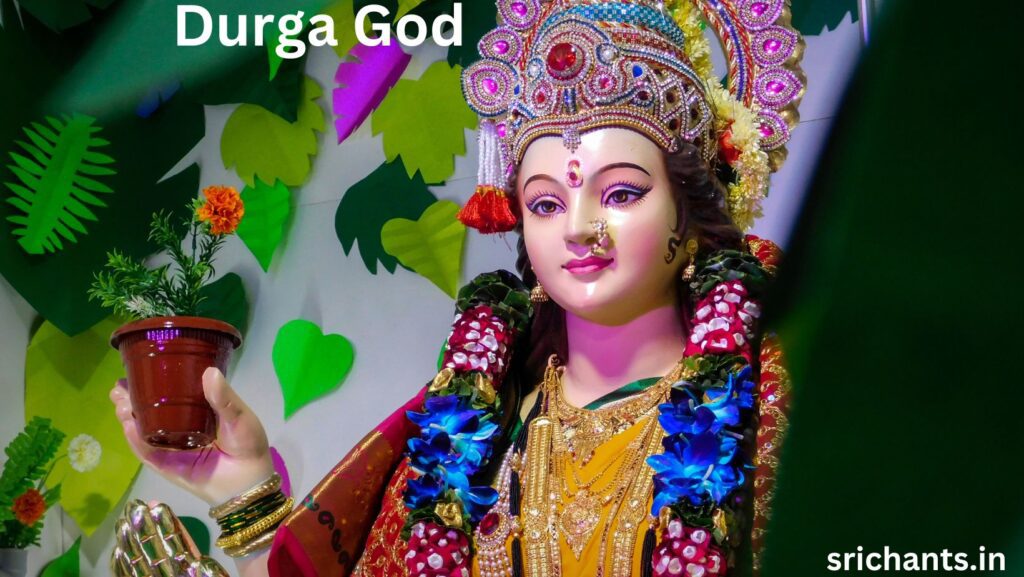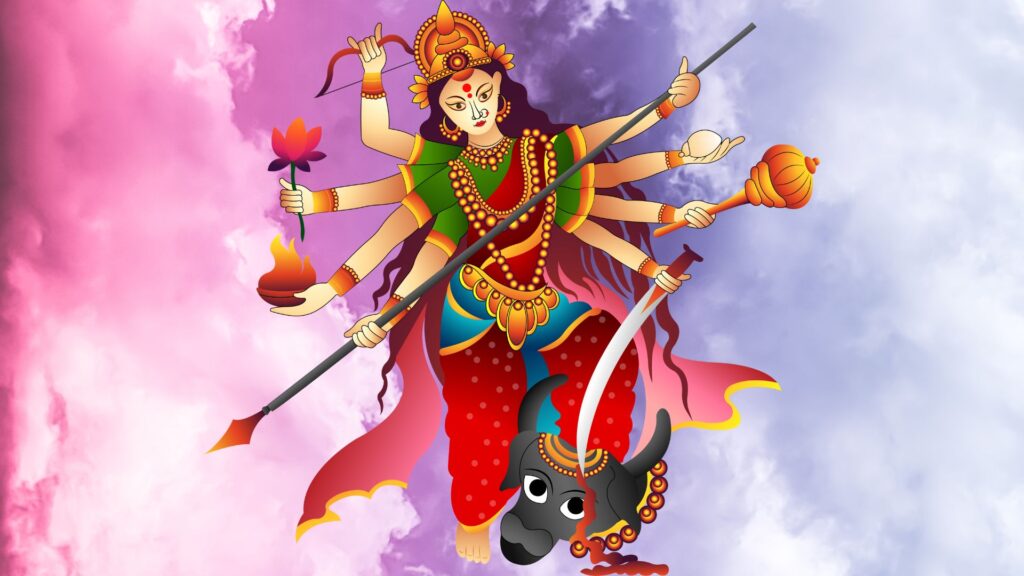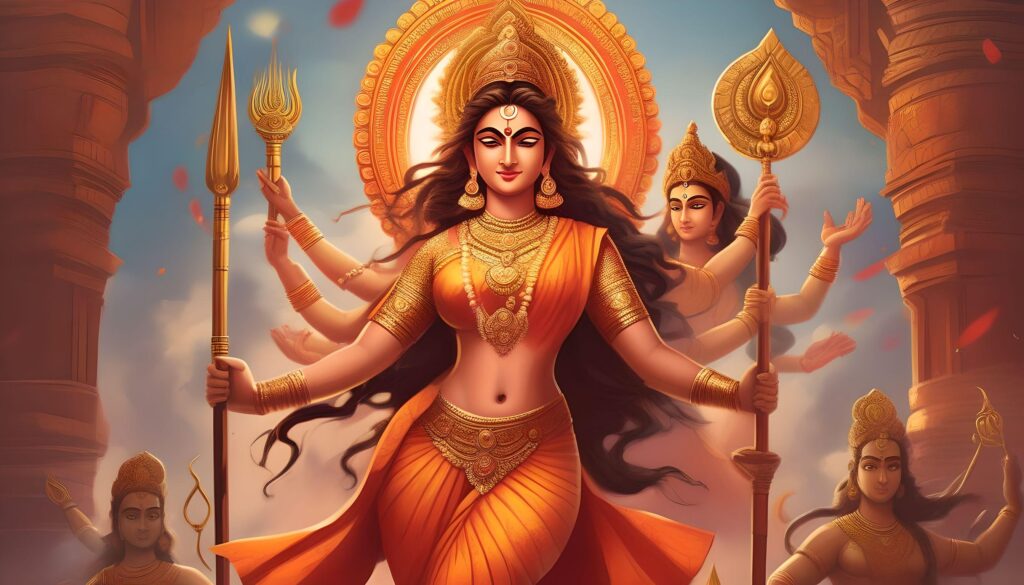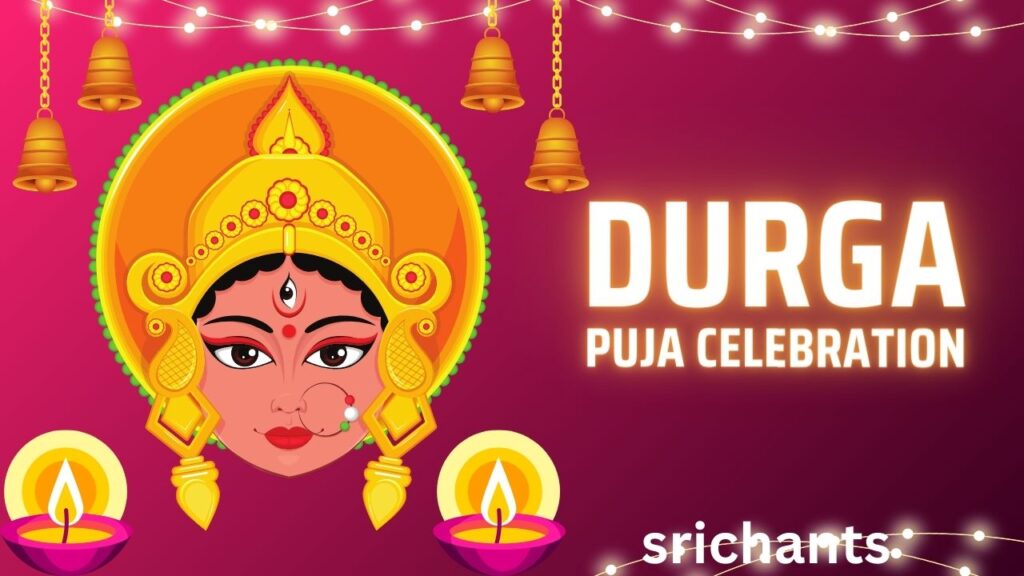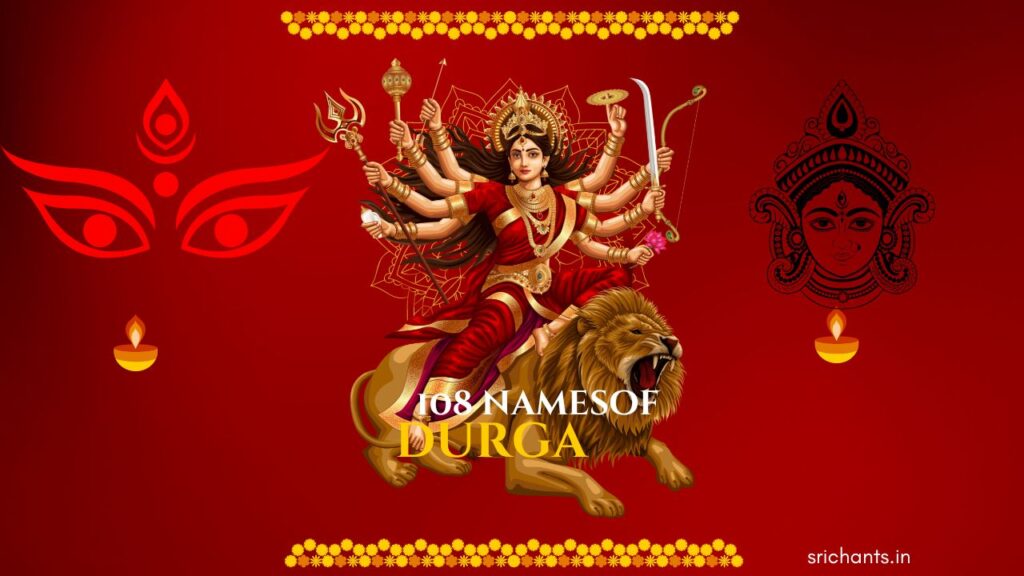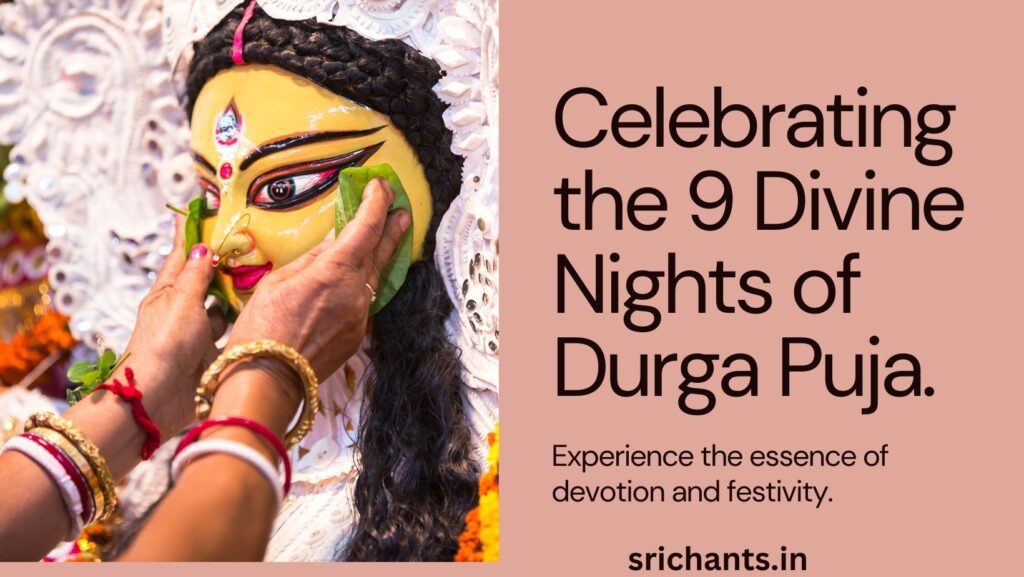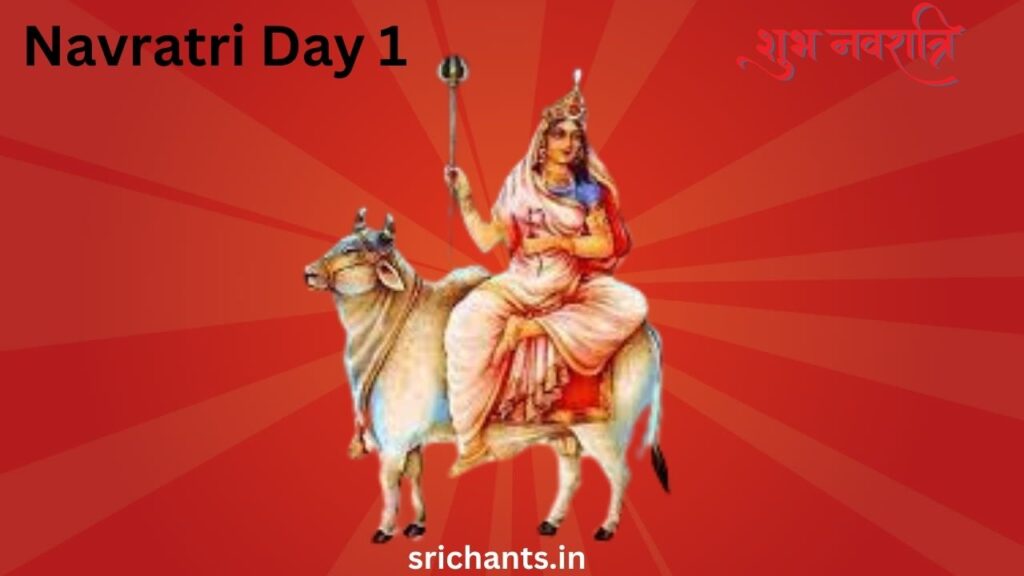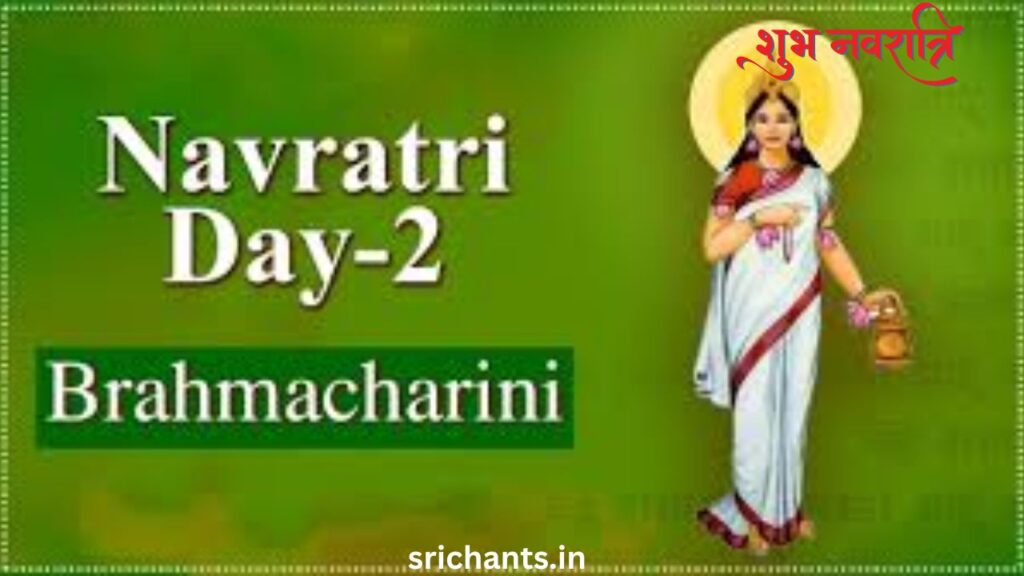Durga God: The Divine Mother and Warrior Goddess in Hinduism
Introduction
The pantheon of deities in Hinduism, one of the world’s oldest and most diverse religions, is vast and each deity represents a unique aspect of the sacred. Goddess Durga is a prominent and multifaceted symbol of strength, protection, and motherly affection, making her stand out among these deities. Durga, the ultimate feminine manifestation of the sacred, is revered throughout India and beyond and is known by various names, including Devi, Shakti, and Mahishasura Mardini.
This article will explore the cultural significance, mythology, and significance of the Hindu deity Durga. We will investigate her symbolism, mythological origins, the ten-armed form in which she is frequently depicted, and the magnificent festival of Durga Puja, which commemorates her divine presence.
The Significance of Goddess Durga
Hindu religious and cultural traditions prioritize the veneration of Goddess Durga. She is held in high regard as the embodiment of feminine power, grace, and benevolence. The divine feminine’s multifaceted nature is reflected in her numerous manifestations and attributes. Durga is frequently depicted as a stunning woman with numerous limbs, each of which carries a variety of weapons, which symbolize her limitless power and her ability to both protect and destroy. Her chosen mount, the lion, is believed to be the source of her fortitude and symbolizes courage and valor.
The festivals of Durga are magnificent occasions that unite people in devotion, celebration, and cultural expression, and they are celebrated in various forms throughout India. Durga Puja, a ten-day festival that is celebrated in West Bengal and other regions of India, is the most renowned of these celebrations. The festival is distinguished by the veneration of exquisitely crafted goddess idols, traditional dances, artistic displays, and elaborate processions. Durga Puja is a time of spiritual reflection and immense pleasure for Hindus that transcends religious boundaries, uniting individuals from all walks of life.
Mythological Origins
The mythology of Goddess Durga is both complex and diverse, with a variety of narratives that emphasize her various roles and manifestations. One of the most renowned stories is the one in which she defeated the buffalo deity Mahishasura, earning her the title “Mahishasura Mardini” or the slayer of Mahishasura. The demon Mahishasura, according to this legend, had acquired an immense amount of power through penance and had become virtually invincible. The gods came to the realization that they were unable to vanquish him as he ravaged through the heavens and the earth. They invoked the divine mother, Durga, who emerged from the collective energies of the gods and deities, in their despair.
Durga engaged in a struggle against Mahishasura, embodying her ferocious determination and infinite power. She ultimately defeated the demon, thereby preserving the gods and reestablishing cosmic order, following a protracted and intense battle. The divine feminine’s indomitable strength, the necessity of divine intervention during times of crisis, and the triumph of good over evil are all symbolized by this narrative.
The Ten-Armed Goddess
Durga’s depiction with ten arms, each bearing a distinct weapon or symbol, is one of her most iconic representations. Her multifaceted abilities and omnipotent nature are symbolized by these limbs. Each of Durga’s attributes is imbued with profound symbolism and symbolizes distinct aspects of her divine power and role in the universe.
- The Trishul (Trident) symbolizes the annihilation of desire, ego, and ignorance.
- The Chakra (Discus) is a representation of the cyclical nature of existence and the wheel of time.
- The Shankha (Conch) symbolizes the divine sound that initiated the universe.
- Durga’s precision and capacity to overcome obstacles are exemplified by the Bow and Arrow.
- The Sword represents the ability to penetrate deception and misinformation.
- The Lotus is a symbol of purity and separation from worldly desires.
- The Rosary is a symbol of perpetual meditation and devotion.
- The Kamandalu (Water Pot) is a representation of the capacity to purify and generate.
- The Shield symbolizes safeguarding against negativity and malevolence.
- The continual recitation of mantras is embodied by the Japa Mala (Prayer Beads).
Durga Puja: The Ten-Day Festival
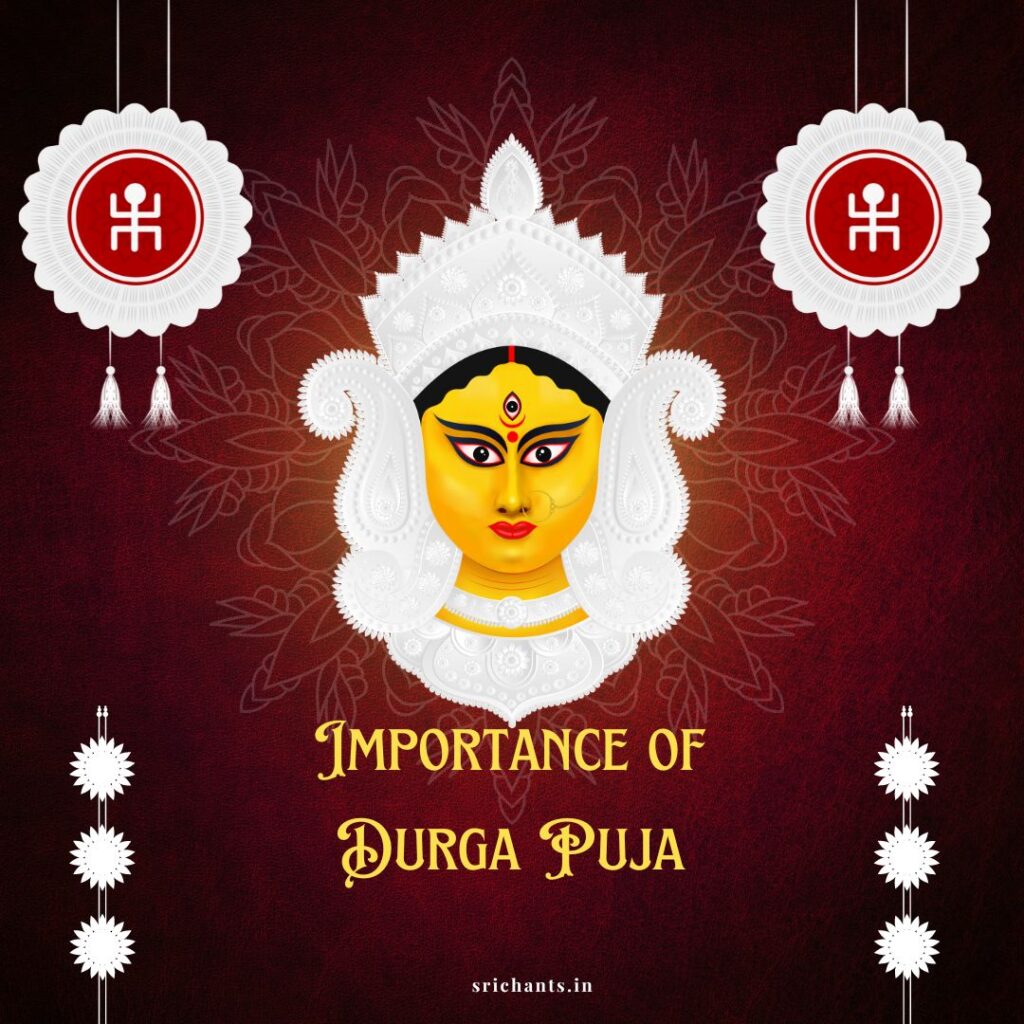
Durga Puja is the most extensively observed festival that is dedicated to the Goddess Durga. Depending on the lunar calendar, this ten-day festival is typically held in September or October. It is of great importance, particularly in West Bengal, where it is celebrated with great enthusiasm and splendor. Durga Puja is a commemoration that unites communities in devotion and celebration, encompassing a diverse array of rituals, cultural activities, and social gatherings.
The festival commences with the installation of intricate clay idols of Goddess Durga and her children, including Lakshmi, Saraswati, Kartikeya, and Ganesha, in exquisitely decorated pandals (temporary shrines). Priests and devotees conduct complex rituals, offer prayers, and present offerings to the deity. Cultural performances, such as classical dances like Bharatanatyam and Kathak, are an indispensable component of the festivities. Music, dance, and ardent devotees accompany colorful processions that carry Durga idols through the streets. Local artisans exhibit their abilities by producing intricate artwork and crafts that are a reflection of the deity and her narrative.
Durga Puja is a period of profound pleasure, spiritual contemplation, and cultural pride. It unites individuals from all walks of life in a sentiment of unity and devotion, transcending religious barriers. The goddess’s return to her celestial abode is symbolized by the immersion of the idols in rivers or water bodies on the final day of the festive season. This moment is characterized by a mixture of joy and melancholy as devotees send farewell to the divine mother.
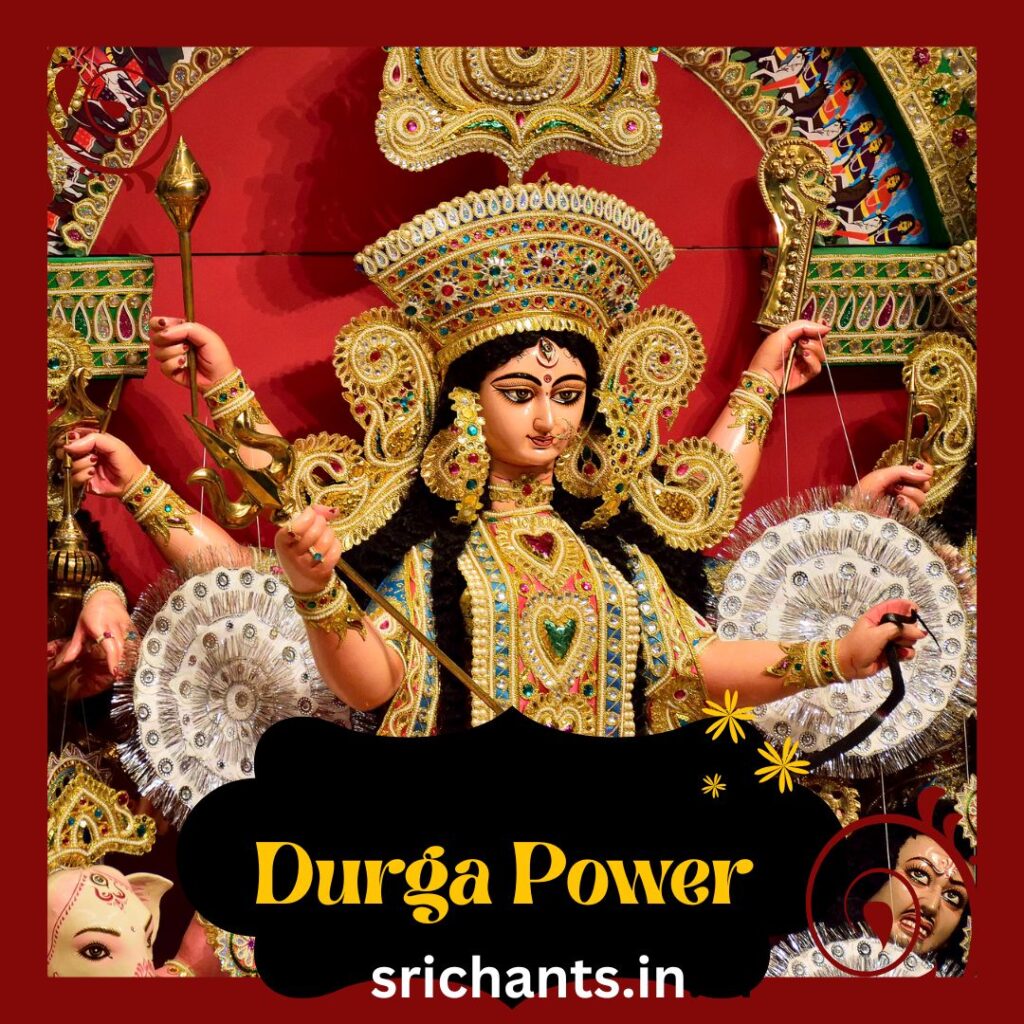
Cultural Relevance and Beyond
The importance of Goddess Durga transcends religious boundaries. She embodies enduring values, including the capacity to confront and overcome adversity, compassion, courage, and fortitude. Her multifaceted nature serves as an inspiration to individuals from all aspects of life. As a result, Durga’s worship is not limited by religious boundaries, as individuals of diverse beliefs derive inspiration and solace from her attributes and narratives.
Additionally, the symbolism of Durga is not limited to Hinduism. Throughout the world, her ubiquitous themes of empowerment and protection continue to resonate with individuals. The image of the strong, compassionate, and victorious Durga remains a potent and enduring icon, particularly in an era where gender equality and women’s empowerment are at the forefront of social discussions.
Conclusion
In Hinduism, Goddess Durga is the divine embodiment of maternal protection, courage, and fortitude. She is a central and revered figure in the religion due to her tenacious image, rich mythology, and magnificent festivals such as Durga Puja. Beyond religious boundaries, Durga’s message of empowerment and her status as a symbol of universal values resonate with a global audience. She is a beloved and timeless divinity in the pantheon of Hindu deities, as she serves as a reminder of the indomitable power of the feminine and the capacity to triumph over darkness.
#durgagod #durgamaapuja #durgamatapuja #durgamaadurga #durgamaadurgamaa #godmaadurga #goddessdurgamaa #maadurgaji
